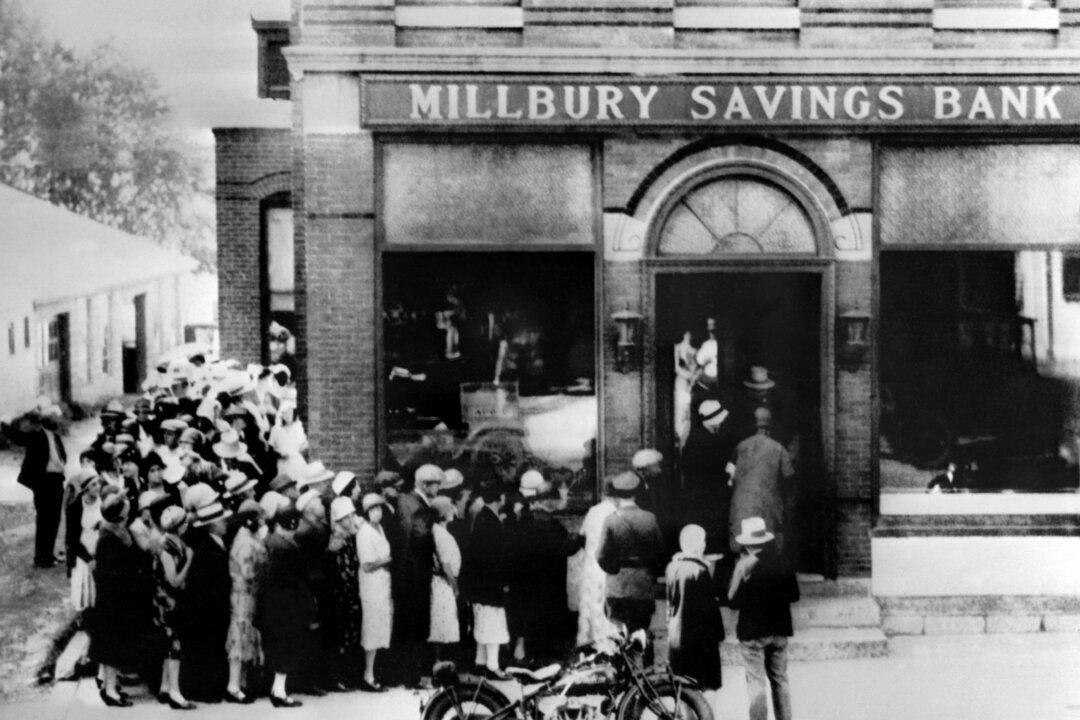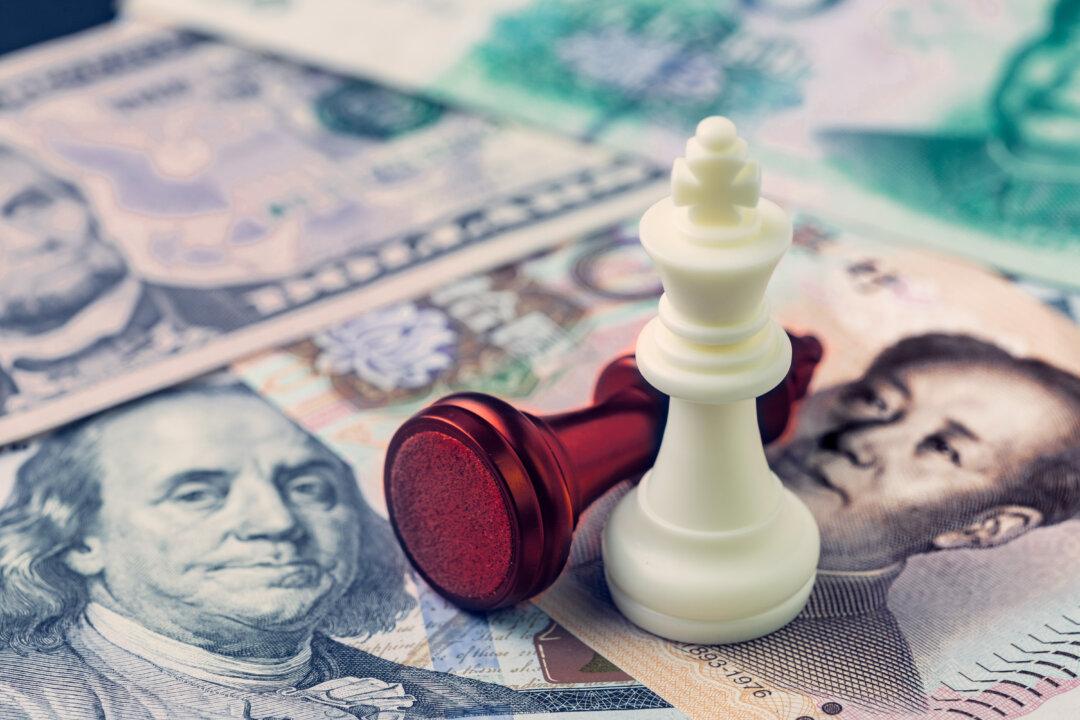Every modern microeconomic textbook starts with the demand curve, and even the media and politicians talk about aggregate demand following this analogy. This is strange, as to demand a good, one needs to first have another good, so where does the purchasing power generating this famed demand come from?
Of course, demand for products and services is a real thing, but the way standard textbooks explain it is nonsensical. What “demand” means in the textbook version of economics is a willingness to buy various quantities of Product X at various prices, nothing more.





